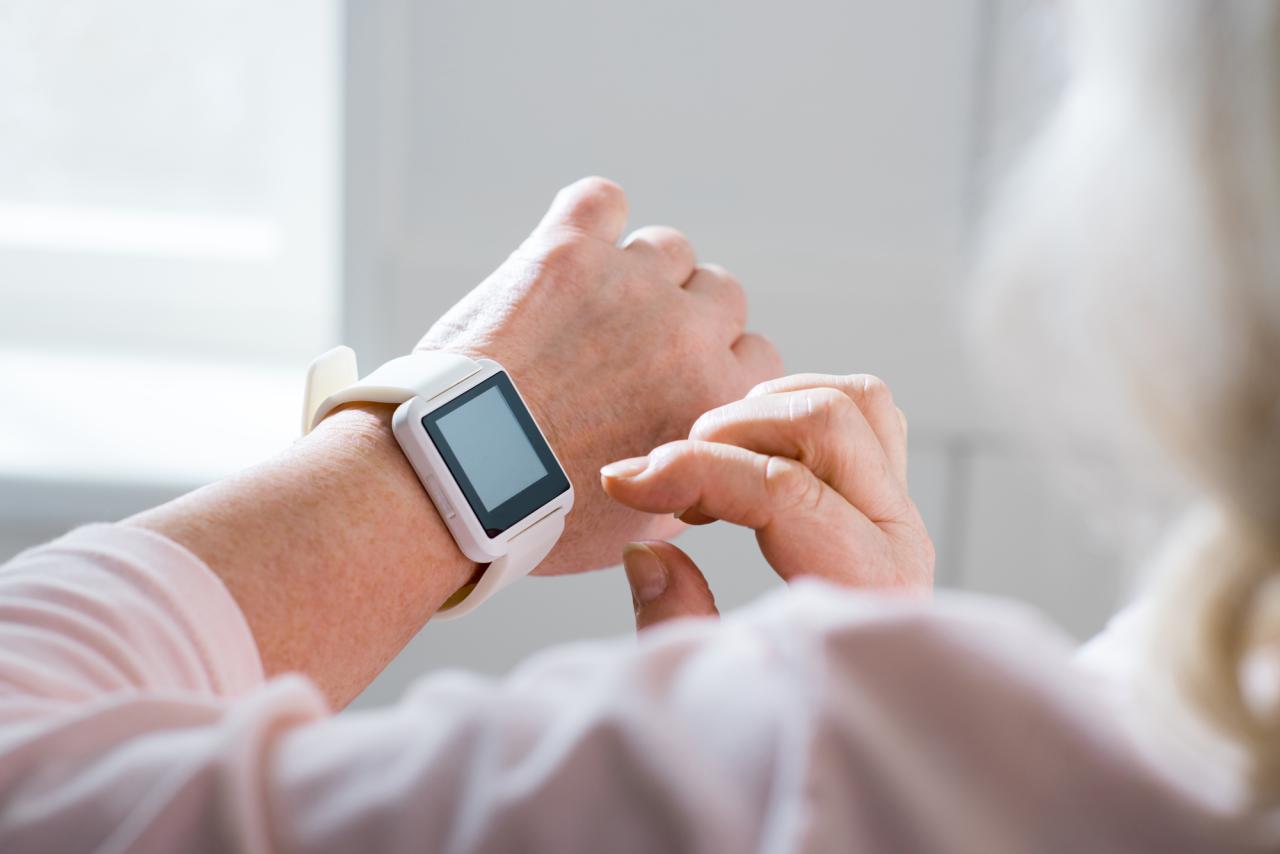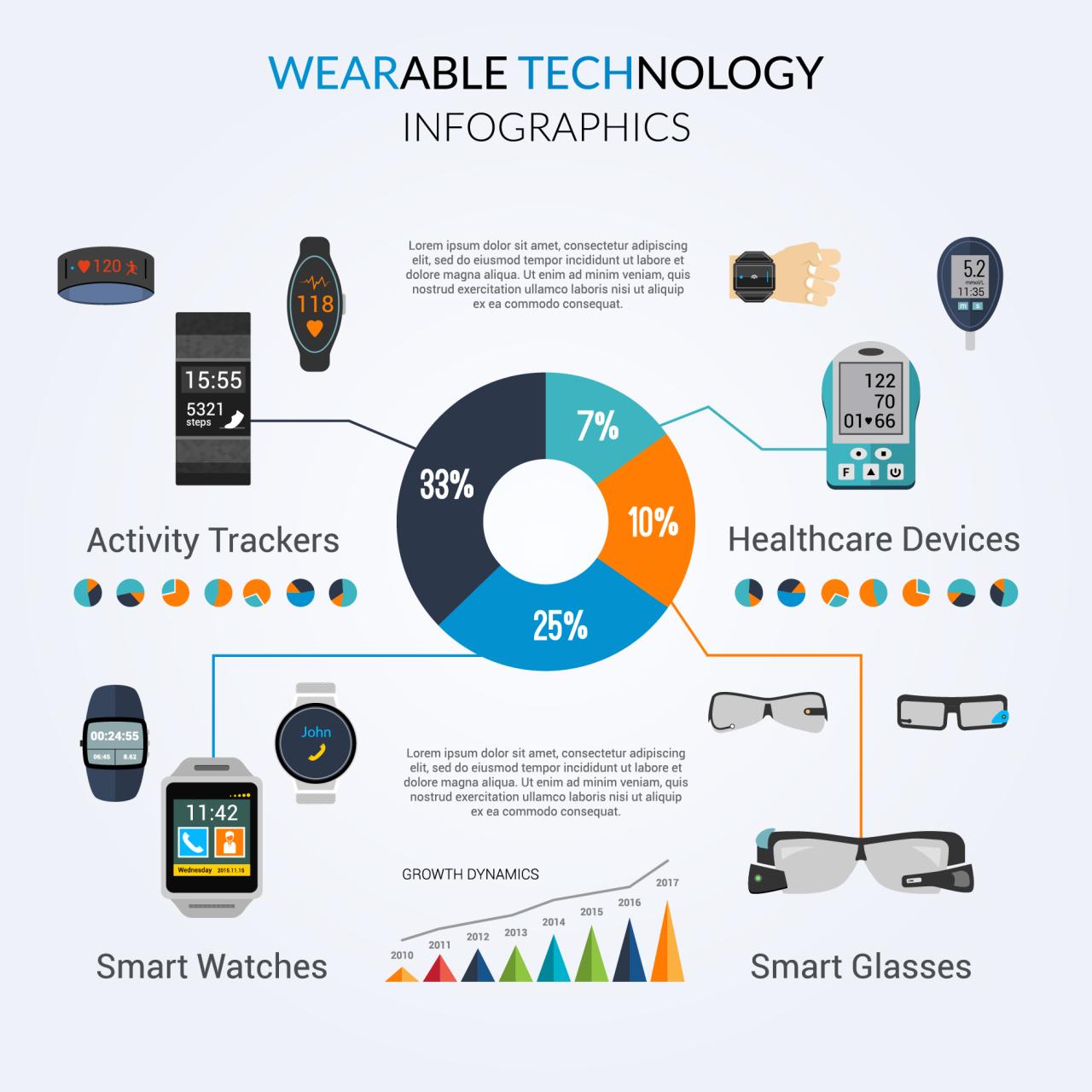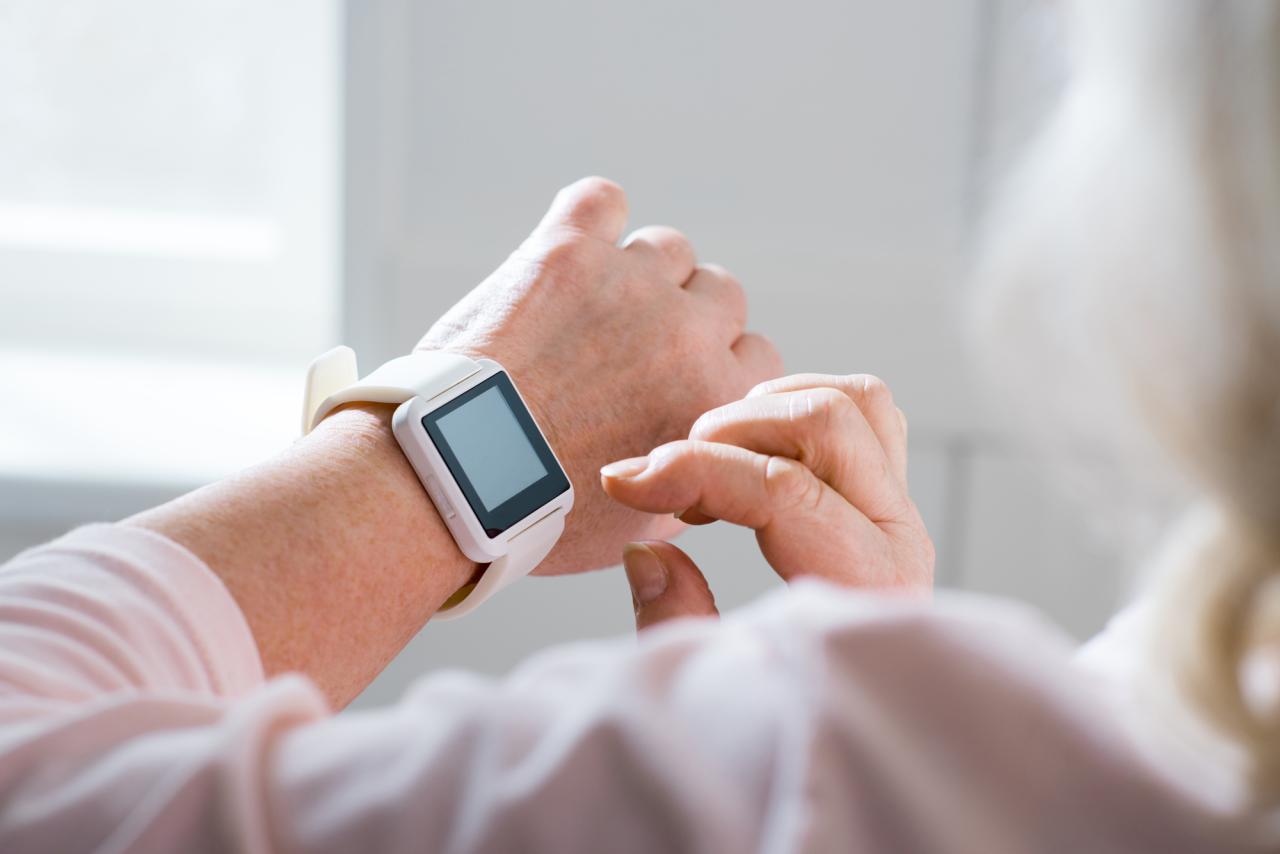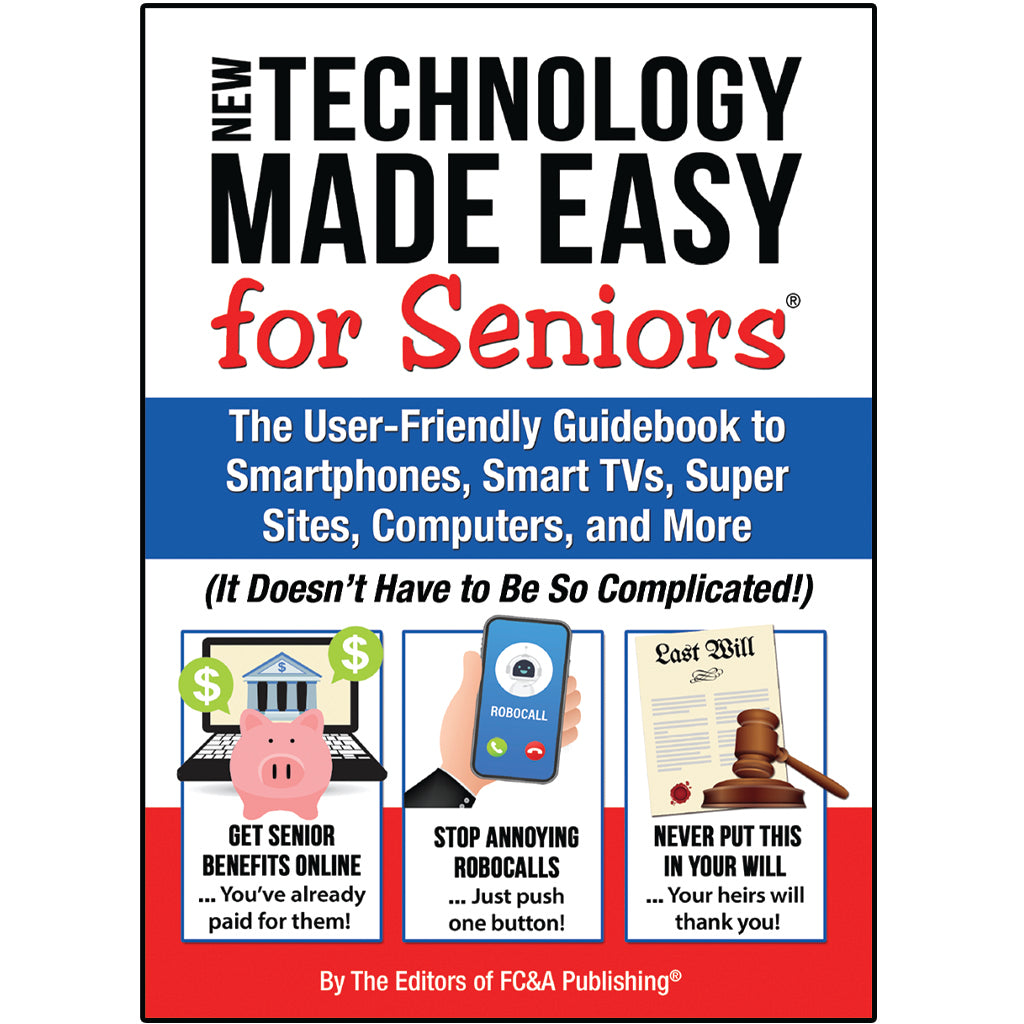Wearable Technology: Empowering Seniors
Wearable technology for the elderly sets the stage for a revolution in senior care, offering a future where technology seamlessly integrates with aging, enhancing quality of life and independence. This […]

Wearable technology for the elderly sets the stage for a revolution in senior care, offering a future where technology seamlessly integrates with aging, enhancing quality of life and independence. This burgeoning field encompasses a wide array of devices designed to monitor health, promote safety, and foster social connection, addressing the unique needs of an aging population.
From smartwatches that track heart rate and steps to fall detection sensors that alert emergency services, wearable technology is transforming how we approach senior care. These devices empower individuals to take control of their well-being, enabling them to live healthier, more fulfilling lives.
Health Monitoring and Management

Wearable technology offers a powerful tool for managing the health of elderly individuals, enabling continuous monitoring and early detection of potential issues. These devices can track various vital signs, provide medication reminders, and even detect falls, enhancing safety and well-being.
Heart Rate, Blood Pressure, and Oxygen Levels Monitoring
Wearable devices can track heart rate, blood pressure, and oxygen levels, providing valuable insights into an individual’s cardiovascular health.
- Heart Rate Monitoring: Wearable devices use sensors to track heart rate, providing real-time data on heart rhythm and variability. This information can help identify irregular heartbeats, potential arrhythmias, and other cardiovascular issues. For example, a smartwatch equipped with a heart rate sensor can detect abnormal heart rhythms and alert the user or their caregiver, potentially preventing serious complications.
- Blood Pressure Monitoring: Some wearables, like smartwatches and fitness trackers, can monitor blood pressure, providing insights into potential hypertension or hypotension. This information can help individuals manage their blood pressure levels effectively and seek medical attention if needed. For instance, a smartwatch with blood pressure monitoring capabilities can track blood pressure readings throughout the day and send alerts if readings fall outside the normal range.
- Oxygen Levels Monitoring: Wearable devices with pulse oximeters can measure blood oxygen saturation levels. This information is particularly useful for individuals with respiratory conditions like COPD or asthma, as it can indicate potential breathing difficulties. For example, a smartwatch with a pulse oximeter can track oxygen levels during sleep and alert the user or their caregiver if levels drop below a certain threshold, potentially preventing complications.
Medication Reminders and Adherence, Wearable technology for the elderly
Wearable technology can play a crucial role in medication adherence, reminding individuals when to take their medications and helping them stay on track with their prescribed regimens.
- Time-Based Reminders: Wearables can send timely reminders to users, prompting them to take their medications at specific times. This feature can be particularly beneficial for individuals with multiple medications or those who struggle with remembering to take their doses on time. For instance, a smartwatch can send a notification to the user 15 minutes before their next medication is due, ensuring they don’t miss their dose.
- Dosage Tracking: Some wearables can track medication dosages, helping individuals keep track of their medication intake and ensure they are taking the correct amount. This feature can be particularly helpful for individuals with complex medication schedules or those who are prone to forgetting their doses. For example, a smartphone app can track the dosage of each medication taken, allowing users to view their medication history and ensure they are adhering to their prescribed regimen.
- Medication Interactions: Some wearables can even detect potential medication interactions, alerting users and their caregivers to potential risks. This feature can be especially valuable for individuals taking multiple medications or those with complex health conditions. For example, a wearable device can cross-reference a user’s medication list with a database of known drug interactions, alerting them if there is a potential risk. This information can help users avoid potentially harmful interactions and ensure they are taking their medications safely.
Fall Detection and Emergency Response
Wearable technology can detect falls and automatically alert emergency services, providing crucial support for elderly individuals who live alone or are prone to falls.
- Accelerometer and Gyroscope Sensors: Wearable devices equipped with accelerometers and gyroscopes can detect sudden changes in motion, such as those associated with falls. These sensors can differentiate between normal movements and falls, triggering an alert if a fall is detected. For example, a smartwatch with fall detection capabilities can use these sensors to identify a fall and automatically send an alert to the user’s emergency contacts or a designated medical response team.
- Automatic Emergency Calls: When a fall is detected, some wearables can automatically initiate an emergency call to pre-programmed contacts or emergency services. This feature can be crucial in situations where the individual is unable to reach a phone or call for help themselves. For example, a wearable device with automatic emergency calling capabilities can automatically dial 911 if a fall is detected, ensuring that help is summoned quickly and efficiently.
- Location Tracking: Some wearables include GPS tracking capabilities, which can provide valuable information about the individual’s location in the event of a fall. This information can help emergency responders locate the individual quickly and efficiently, improving response times and potentially saving lives. For example, a smartwatch with GPS tracking can pinpoint the user’s location after a fall, enabling emergency services to reach them quickly and provide assistance.
Social Interaction and Cognitive Support: Wearable Technology For The Elderly

Wearable technology can play a significant role in improving the social lives and cognitive abilities of seniors. By facilitating communication, providing reminders, and offering opportunities for connection, these devices can help combat social isolation and loneliness, empowering older adults to lead more fulfilling lives.
Communication and Social Interaction
Wearable devices can bridge the gap between seniors and their loved ones, enabling them to stay connected and engaged.
- Video Calls and Messaging: Smartwatches and other wearables often integrate video calling and messaging apps, allowing seniors to easily connect with family and friends, regardless of their location. This feature is particularly beneficial for those who may have difficulty using traditional phones or computers.
- Social Media Integration: Wearables can be linked to social media platforms, enabling seniors to stay updated on their friends’ activities and share their own experiences. This can help them feel connected to a wider social circle and combat feelings of isolation.
- Location Tracking and Safety: Some wearables include GPS tracking capabilities, allowing caregivers and loved ones to monitor a senior’s location and ensure their safety. This feature provides peace of mind and can be particularly useful for individuals with dementia or other cognitive impairments.
- Emergency Response: Many wearables come equipped with emergency SOS buttons that allow seniors to quickly contact help in case of a fall or other emergency. This can be a lifesaver for those living alone or who are prone to accidents.
Cognitive Support
Wearable technology can assist seniors with various cognitive tasks, helping them maintain their independence and quality of life.
- Medication Reminders: Smartwatches and other devices can send timely reminders for medication intake, ensuring seniors adhere to their prescribed schedules and avoid potential health complications.
- Appointment Scheduling: Wearables can store and display upcoming appointments, such as doctor visits, therapy sessions, or social events, reducing the risk of missed engagements and promoting a sense of organization.
- Memory Aids: Some wearables offer features that help seniors with memory tasks, such as voice recording capabilities for capturing important information or reminders for daily activities. These features can be particularly beneficial for individuals with mild cognitive impairment.
- Cognitive Training Games: Wearable devices can be used to access cognitive training games and apps, which can help seniors maintain their mental sharpness and improve their cognitive function. These games can be engaging and enjoyable, making it easier for seniors to incorporate them into their daily routines.
Ethical Considerations

Wearable technology for seniors presents a unique set of ethical considerations, particularly concerning data privacy and the implications of using technology to monitor and manage their health and well-being.
Data Privacy Concerns
Wearable technology often collects a significant amount of personal data, including health information, location, and activity patterns. This raises concerns about data privacy and security, especially for vulnerable populations like seniors.
- Data Collection and Storage: The types of data collected by wearable devices vary widely, but they can include biometric data like heart rate, blood pressure, sleep patterns, and location tracking. The potential for misuse or unauthorized access to this sensitive data is a major concern.
- Data Sharing and Consent: The process of obtaining informed consent from seniors regarding data collection and sharing is crucial. Seniors may not fully understand the implications of their data being shared with third parties, such as healthcare providers or insurance companies.
- Data Security: Ensuring the security of collected data is paramount. Wearable devices and associated platforms must implement robust security measures to prevent unauthorized access, data breaches, and cyberattacks.
Ethical Implications of Health Monitoring and Management
Using wearable technology to monitor and manage seniors’ health raises ethical questions about autonomy, informed consent, and the potential for over-reliance on technology.
- Autonomy and Control: Seniors should have control over their health data and the extent to which it is used for monitoring and management purposes. They should be able to choose which data is collected, how it is used, and with whom it is shared.
- Informed Consent: Seniors must fully understand the potential benefits and risks of using wearable technology for health monitoring and management before providing informed consent. They should be informed about the data collected, how it is used, and who has access to it.
- Over-reliance on Technology: While wearable technology can provide valuable insights into health and well-being, it’s essential to avoid over-reliance on technology and maintain a balanced approach to healthcare. Seniors should not solely depend on technology for health management and should continue to engage with healthcare professionals.
Best Practices for Ethical Use
To ensure the responsible and ethical use of wearable technology in senior care, it’s essential to adopt best practices that prioritize data privacy, informed consent, and respect for autonomy.
- Transparency and Data Control: Companies developing wearable technology should be transparent about the data they collect, how they use it, and with whom it is shared. Seniors should have access to their data and the ability to control its use.
- Clear and Concise Consent: Informed consent should be obtained from seniors in a clear and concise manner, using language they can understand. The consent process should explain the potential benefits and risks of using the technology and the implications of data sharing.
- Data Security and Privacy: Robust security measures should be implemented to protect sensitive data from unauthorized access, breaches, and misuse. Companies should comply with relevant data privacy regulations and ensure data is anonymized or de-identified when shared with third parties.
- Human-Centered Design: Wearable technology should be designed with seniors’ needs and preferences in mind, considering factors like ease of use, accessibility, and privacy.
Final Thoughts
As wearable technology continues to evolve, we can expect even more innovative solutions that cater to the specific needs of the elderly. The future holds the promise of personalized care, proactive health management, and increased social engagement, ensuring that seniors can age gracefully and live fulfilling lives. This technology is not just about monitoring; it’s about empowering individuals to live their best lives, regardless of age.
Wearable technology is revolutionizing the way we care for the elderly. From fall detection sensors to medication reminders, these devices offer peace of mind and increased independence. To ensure these technologies function seamlessly, a robust and reliable internet infrastructure is essential, such as the vgi technology internet that provides high-speed connectivity and reliable data transfer.
This ensures that elderly individuals can fully benefit from the connectivity and data-driven features offered by wearable technology.







